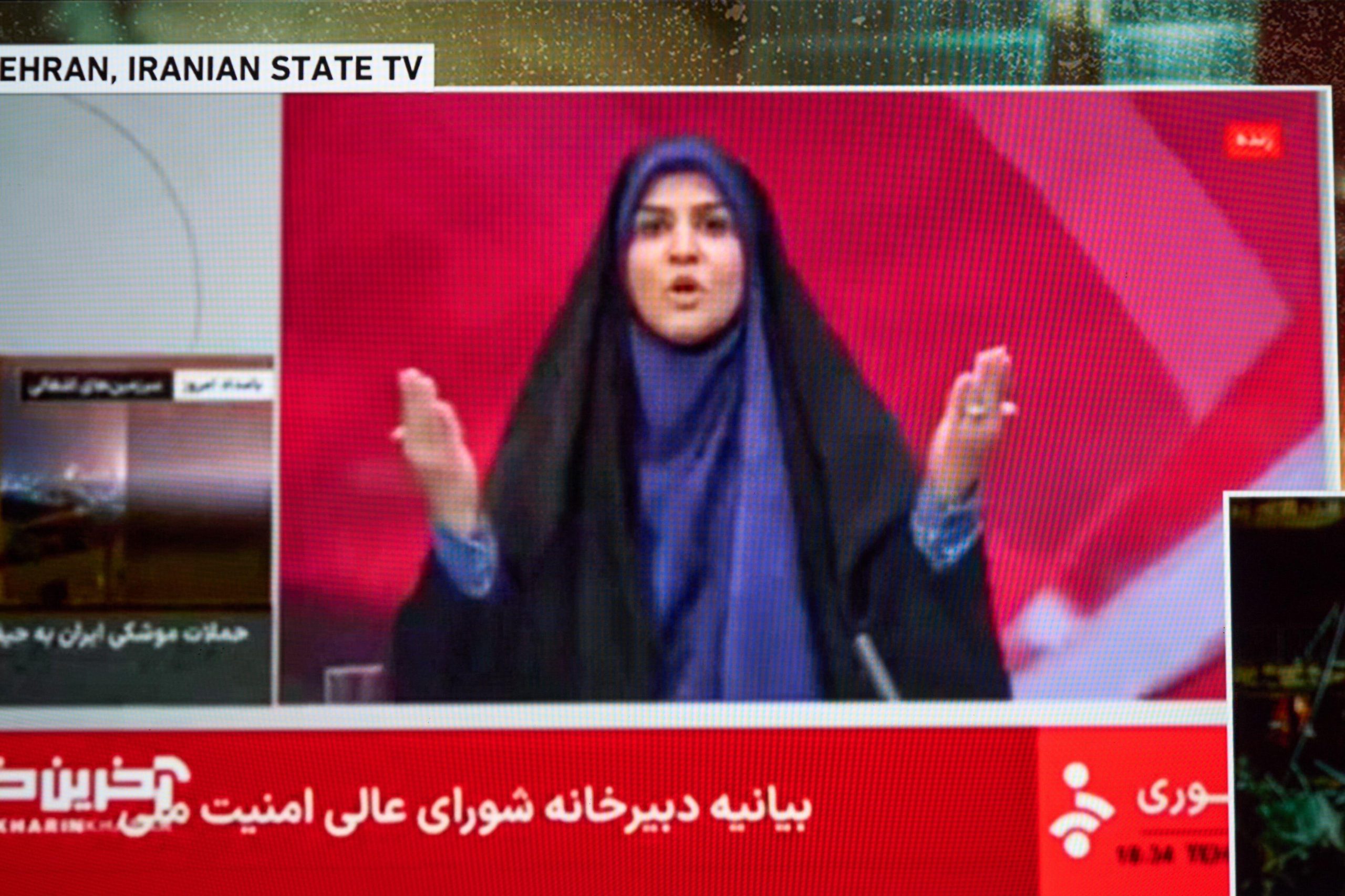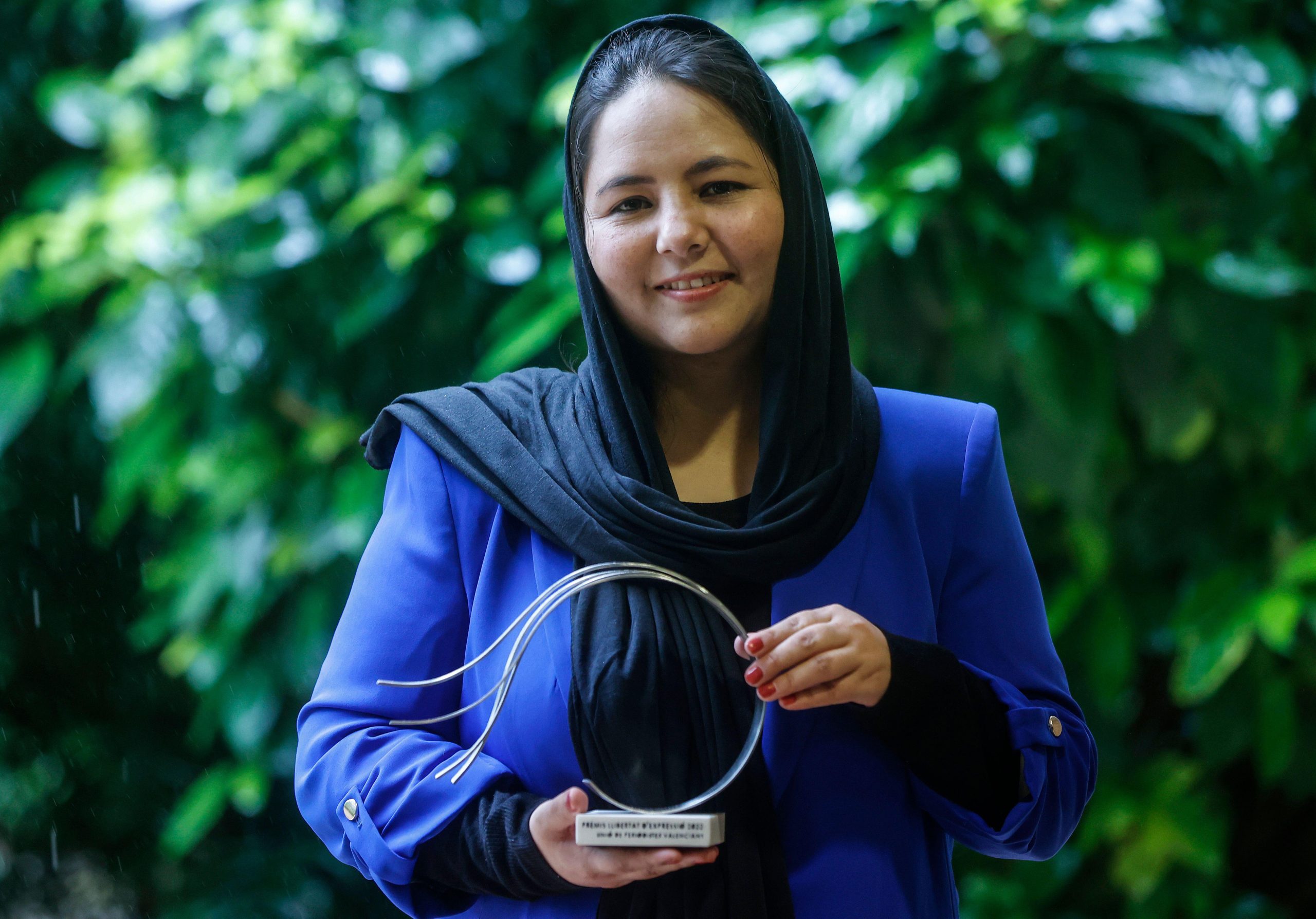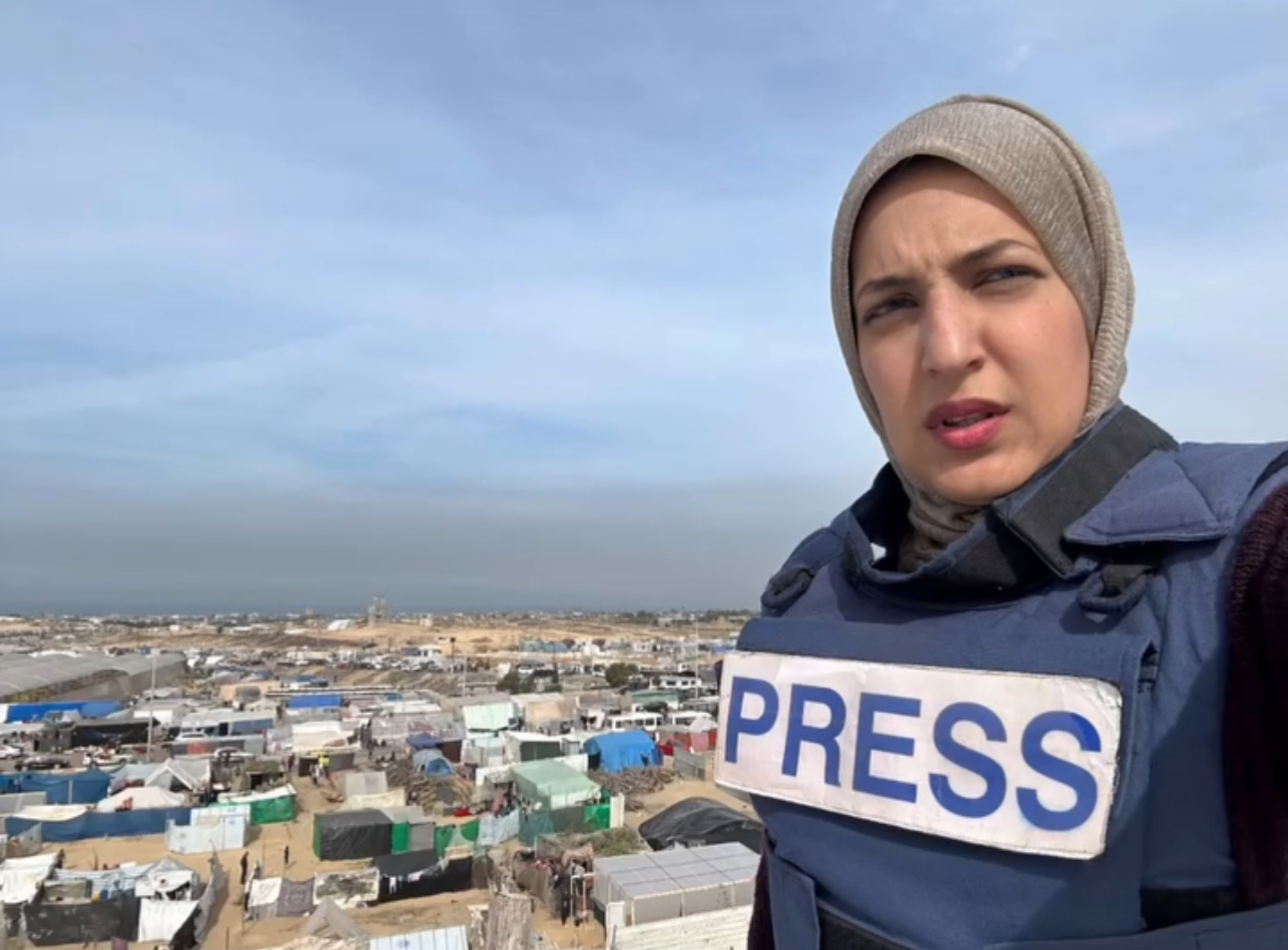Syrian television channels have recently been showing images of president Bashar al-Assad visiting buildings damaged in last week’s earthquakes that have killed more than 40,000 people.
In the wake of a natural disaster, such demonstrations of concern and empathy with those affected are commonplace among politicians worldwide.
Yet some argue that the images on Syria’s screens are not what they seem and amount to disinformation.
Moufida Anker, a Syrian journalist and activist, said: “It is terrifying what is happening. The dictator appeared to be laughing. The most terrible thing is that he deceived the international organisations that came to support him and deluded them that the buildings in front of them were destroyed by the earthquake. Many of them were destroyed earlier by his own planes; we have proof of that with the photos archived earlier.”
Assad’s critics say he has found in this disaster an opportunity to break the international isolation that was imposed more than 10 years ago.
The earthquake has increased the oppression of Syrians in the northwest of the country that has been going on since 2011. The UN says that since the uprising, the Assad regime has killed more than 400,000 Syrian citizens for reasons related to freedom of opinion, expression, and demonstration, and hundreds of thousands are in prison for the same reason.
Syrians living in the northwest of the country, on the border with Turkey, and the hardest hit by the earthquake are being ignored and silenced.
From the first moment of the earthquake, and despite the horror of what it left behind, the Assad regime has practised a media blackout regarding news from the northwest of the country. Assad’s loyal channels do not talk about the number of victims there, which far exceeded the number of victims in the areas controlled by the Syrian government.
The media and social media in Assad-controlled areas are subject to great censorship by the Syrian government security forces, as civilians in these areas are afraid of showing any sympathy for the people in the northwest. We recently documented an arrest carried out by the regime’s security forces of a citizen from Homs who called his relatives in the north of the country to check on their health after the earthquake.
The aid donations that have flowed into the country from the UN, people in Arab nations and other countries have not been reaching those in the northwest, with many saying much of the aid has been diverted into areas controlled by the Syrian government as well as being illegally sold in Syria’s markets.
Dozens of photos have been circulated by activists in Damascus and Aleppo that appear to show influential members of the Assad regime to be involved. It is little wonder that Assad is now being called “the aid thief”.
The first earthquake, measuring 7.8 on the Richter scale, hit Syria at 4.17am on Monday 6 February. A second quake, measuring 7.5, hit nine hours later.
According to official statistics published by the volunteer Syrian Civil Defence organisation, or White Helmets as they are better known, 2,274 civilians died in north-western Syria as a result of the quakes.
In the week since the disaster, the United Nations has admitted that it has been unable to provide help to the Syrians in the northwest of the country.
The Idlib region and the area around Aleppo are home to more than five million Syrians, most of whom have been displaced after years of attacks from the Syrian army, whose mission is supposedly to protect Syrians.
Martin Griffiths, the UN’s under-secretary-general and the emergency relief coordinator, said: “We have so far failed the people in north-west Syria. They rightly feel abandoned. Looking for international help that hasn’t arrived.”
This prompted Syrian activist and journalist Muhammad Tata to set up a fund to collect donations from the afflicted to the United Nations, an ironic action intended to criticise the international body’s inability to meet the urgent calls for aid.
Many destroyed buildings have been adorned with the official flag of the United Nations, and signs placed on the rubble saying “We died…Thank you for letdown.”
After the quake, it took many days before the Syrian government approved the opening of crossings from Turkey to facilitate the entry of aid, and this at a time when the Assad regime did not even recognise the earthquake victims in Idlib and area around Aleppo – the official government death toll left out those in areas not controlled by the government. When al-Salam and al-Rahi crossings were finally opened, Assad was accused of doing so for political gain.
“They who died survived, and they who survived died” is a phrase now used by hundreds of Syrians on social media, amid wholesale grief and mourning for loved ones and friends and international impotence.
Rizik Al-Abi’s fee for this article will be given to those affected by the earthquake in Syria






